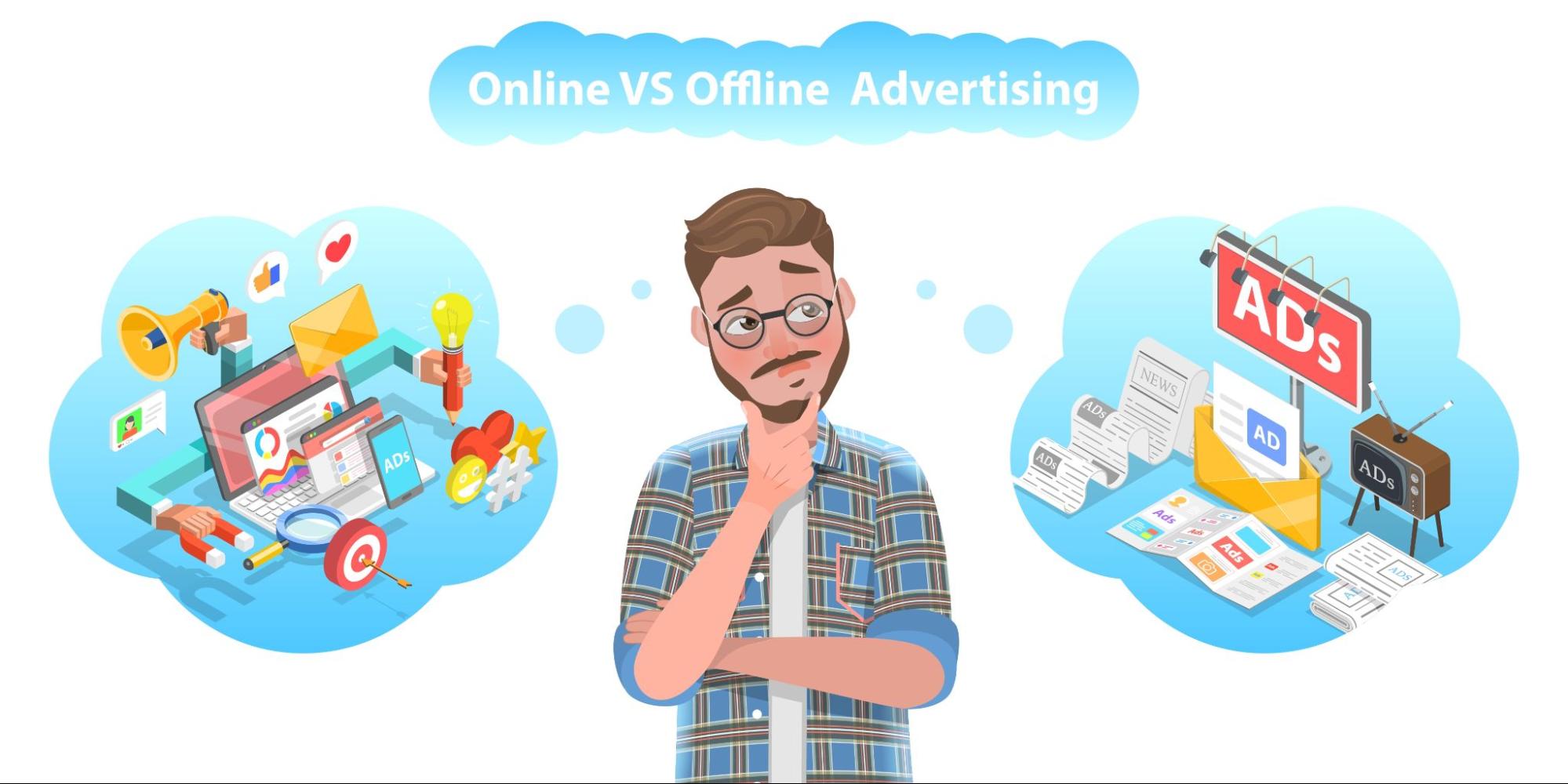
Fuel growth with traditional and digital marketing: broaden channels, engage senses, keep in touch, train salespeople, and leverage social media. Learn how!
A challenge marketeers face in 2024 is walking the line between digital and traditional marketing. While it’s essential to move with the times and take advantage of the latest technology, it’s also crucial to follow principles that have served businesses well for decades.
Traditional vs digital marketing isn’t an either/or. You need to use both seamlessly in order to connect with audiences and get people flocking to your storefront or website. We’ll go through six ways you can do this.
Put Yourself Out There
Though more and more marketing is now done online, print material will always have a place in your toolkit. This is why it’s so important to find a partner who offers quality printing services. The posters, flyers, brochures, etc. that you send out into the world need to be on-brand and of the best quality.
Your print collateral is one of the best ways to stand out from your competitors. Make sure your brand elements like font, brand colours and visuals like logos stand out, and that they’re consistent across all your material.
Broaden Your Marketing Channels
While certain principles will remain constant no matter what year it is, it’s impossible to ignore the brand-new avenues that advances in technology have opened up for digital marketing. This includes areas like micro-influencers, voice searches and augmented and virtual reality. All these are channels that didn’t exist until a few years ago and are ripe for creative marketing teams to utilise.
What ties all these potential marketing channels together is that they provide businesses with ways to be a part of their customers’ lives to an unprecedented extent. Micro-influencers, for example, are people with much smaller, more intimate followings than celebrities or even traditional influencers. People are much more likely to trust them when they vouch for your product.
AR/VR allows your customers to experience your products or services without leaving the comforts of their homes. They allow for a much more immersive experience than simply scrolling through a product catalogue on a phone.
Use The Senses
While a lot of transactions happen online, many products require some sort of in-person interaction at some stage of the customer journey. Obviously, this is especially true for physical goods and services.
There’s a lot of value to being able to see, touch, smell, hear, and in some cases, taste a product when it comes to getting people to buy from you.
This doesn’t mean all your sales need to happen in a brick-and-mortar store. The most successful brands synergise physical and digital selling to create a holistic experience. For instance, lots of fashion brands run physical stores for potential customers to discover and try on their clothes, all with the expectation that a good number of them will make their final purchases online.
Keep In Touch
One of the biggest advantages of marketing online is being able to start conversations with your customers. If you glance at your inbox, chances are a good chunk of it is made up of brands trying to sell you stuff. Email marketing is an incredibly prevalent way of reminding existing customers that you exist and of letting them know about new releases, sales and promotions. Others include push notifications and SMS marketing.
To be able to talk to your customers in this way, you’ll need their contact information. Get them to enter their email address and/or phone number early on in the customer journey so you can add them to your mailing list.
Train Your Salespeople
Sales and marketing are two different things, but they’re inextricably linked. The final step on the customer journey, which involves your customer actually making a purchase, is the most important. Make sure your customer-facing employees know your product or service inside out. They should also be up to date on all your latest deals and promotions, which are essential tools in your marketing arsenal.
It’s also important to ensure your salespeople understand your brand values. They’re the face of your business that the public sees, so you’ll want to make sure they can transmit what you stand for.
Use Social Media
It’s no secret that pretty much all businesses need to have a social media presence of some sort. This can be as simple as having a Facebook page that tells people where your store is and lets them talk to customer service. If your audience base is made up of avid social media users, you’ll want to include post updates about your company and create opportunities for interaction with your customers.
If you’re a small or medium company, financial and manpower constraints might mean you can’t be actively present on all the social media platforms out there. You’ll have to make smart choices about which ones to focus on by figuring out where your audience is and what sort of content they respond to.
In 2024, it’s crucial that your business be able to do marketing on multiple fronts. We’ve gone through six key tips, three digital and three traditional, your business can take to developing a complete marketing strategy. Start implementing these today, and we promise you’ll see positive results.
Was this news helpful?







 Yes, great stuff!
Yes, great stuff! I’m not sure
I’m not sure No, doesn’t relate
No, doesn’t relate



